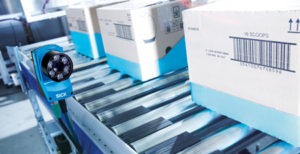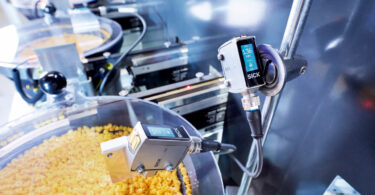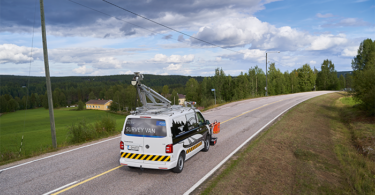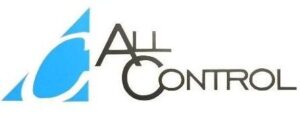
This is a guest post by All Control, an Authorized SICK Distributor located in Illinois.
With more than 50 years of industrial control experience, knowledge and expertise, All Control provides innovative solutions for Industrial Automation in a wide range of applications and markets.
Varied Barcodes Necessitate Expanded Reading System
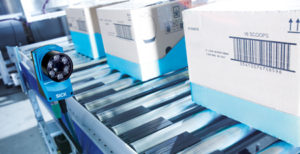 All Control recently solved a concern at a large food-processing and packaging plant where the customer was using laser-based technology to read barcodes on cartons feeding into a palletizer. The laser-based scanner had been a perfect solution initially, reliably reading 1D black-on-white barcodes.
All Control recently solved a concern at a large food-processing and packaging plant where the customer was using laser-based technology to read barcodes on cartons feeding into a palletizer. The laser-based scanner had been a perfect solution initially, reliably reading 1D black-on-white barcodes.
However, as time went on and as the packaging of the products evolved, barcodes began to be printed directly on the brown cardboard boxes in different colors, locations, and even sizes. Because of this, the level of contrast between the background and the barcode became inconsistent, with many codes having very little contrast.
So, as the customer added different code specifications, it became more difficult for all codes to be read without expanding the system. At that point, another option was proposed: an image-based code reader. In addition to being able to read 2D codes, image-based code reader can also read poorer quality codes. This is important as customers seek to enhance the aesthetic of their product packaging by using 1D or 2D codes that take up less space.
Solution: An Image-Based Code Reader
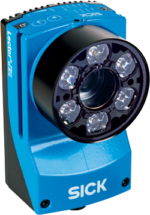 To solve this challenging code reading application and provide the ability to adapt to possible future changes in the barcodes, All Control tested a Lector632 imaged-based code reader on the customer’s end-of-line packaging and palletizing lines. Using the Lector632, they were able to use a white light to bring out the contrast in the different color barcodes, which vastly improved the ability to read all the different colors of barcodes with varying or low contrast.
To solve this challenging code reading application and provide the ability to adapt to possible future changes in the barcodes, All Control tested a Lector632 imaged-based code reader on the customer’s end-of-line packaging and palletizing lines. Using the Lector632, they were able to use a white light to bring out the contrast in the different color barcodes, which vastly improved the ability to read all the different colors of barcodes with varying or low contrast.
In addition, All Control used the code reader’s interchangeable lenses to adjust the field of view to exactly meet the application requirements. A high scanning resolution also meant that the Lector632 was able to read all codes, regardless of size or quality. Finally, the image-based code reader could also more easily read codes that were randomly placed at different distances and angles from the scanner.
Results
The Lector632 image-based code reader was very easily set up and programmed to reliably read all of the possible codes. Commissioning was simple because the new image-based code reader was also able to communicate with the main PLC system in the identical way that the original laser-based scanner had.
The level of flexibility provided by the Lector632 further gave the food processing and packaging customer additional room to expand the types of barcodes used, including 2D codes, in the future.


